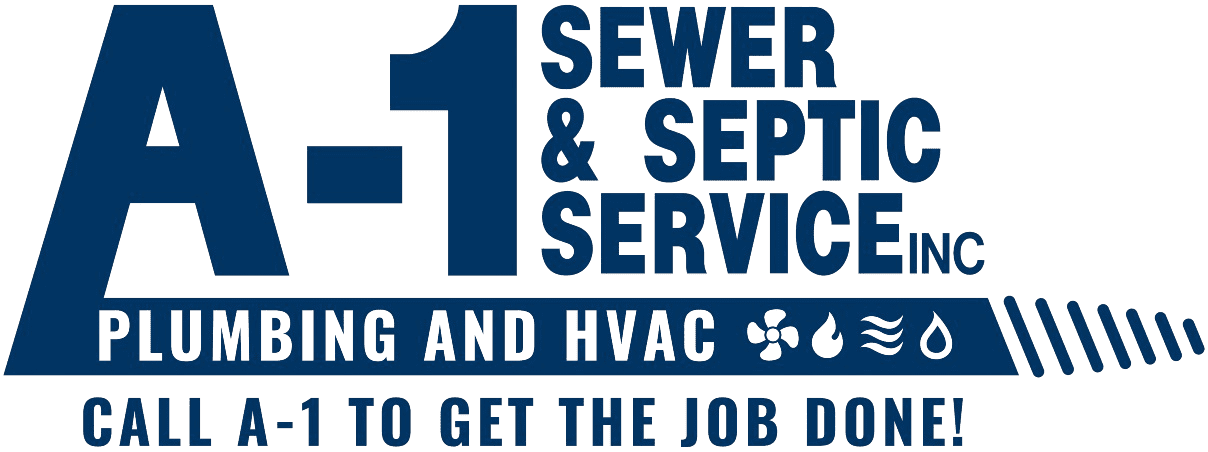Homeowners who want to keep their crawlspace or basement dry, or prevent a flooded basement or crawlspace, know their sump pump needs to be in good working order at a moment’s notice, even after months of lying in disuse.
There are many reasons for a homeowner to have a sump pump. The water damage that homeowners can face when there is groundwater backup can be incredible. Sump pump failures and common issues, such as a clog or obstruction in the sump pit discharge pipe or the sump pump float switch failing to engage the impeller to get rid of excess water, can make a rainy day into a disastrous day.
How Many Types Of Sump Pumps Are There?
In general, there are two essential types of sump pumps: a pedestal sump pump and a submersible sump pump.
Pedestal types of sump pumps – this variety of pump systems have the pump above the sump pit, which is easily accessible. Homeowners can do some DIY sump pump maintenance on their own, compared to the other common type of sump pump. When in doubt, however, calling a professional sump pump service to perform annual maintenance or sump pump repair rather than the DIY route is recommended, with the potential for a flooded basement or crawlspace and the amount of water damage that can result from an improper maintenance backup pump.
Submersible types of sump pumps – this submersible pump runs underwater and is designed with a thick, rubber shell that provides waterproofing around the electronics. This type of sump pump should be treated like any other major home appliance, such as washing machines, water heaters, air conditioners, and the like. These can be dangerous to work on and the risk of injury is often too great.
What Can I Do To Extend The Lifespan Of My Backup Pump System?
To both prepare for heavy storms, a burst pipe, or any sudden rush of excess water AND increase the lifespan of your sump pump, you’ll need to perform sump pump maintenance at least every 3 to 4 months (depending on what else feeds in the sump basin, such a s washing machine, which will need a shorter interval between maintenance). To help avoid your crawlspace or basement flooding because your sump pump failed, do things such as:
- Cleaning your sump pump – cleaning obstructions from the screen for the pump inlet
- Ensuring the power cord is connected to your electrical system and in good condition
- Checking that the pump will turn on
- Check your shutoff or check valve is not leaking
Regular maintenance like this ensures that a blockage or blown fuse doesn’t end in you carrying another bucket of water up the steps.
Why Did My Sump Pump Not Turn On?
If the water level in your sump basin reaches the level where the float switch should activate your backup sump pump, and yet there is activity, here are a few things to check:
Float switch – during your sump pump maintenance, you should check that if your float switch is moved up, it turns on the impeller.
Power source – it is best to have an appliance such as a backup sump pump be wired or plugged into a GFCI outlet (designed to shut off during a power surge). Check to see if your GFCI outlet breaker is tripped or if the sump pump is no longer connected to the outlet/power source.
PRO TIP – having a battery backup system can keep the backup sump pump working even during a power outage. A-1 can help homeowners in several ways:
- Retrofit a battery backup to your existing system
- Replace your older current sump pump with a new sump pump and install the battery backup with it
- Dig a new sump pit and provide a new sump pump installation with battery backup, starting from scratch. (especially useful for new basement remodeling projects or new builds)
Blockages – if there are any obstructions or blockages in your discharge line, then you’ll need to remove the clog before the system can move the water safely away from your home.
Those basic steps can go a long way toward ensuring you’re ready for emergencies. But on top of this, there are more time-consuming steps that you should probably take once every year on top of the above checklist:
- Look at your owner’s manual (or find the pertinent instructions for your make and model online) to learn if you need to get grease or oil for the pump bearings.
- Take out the pump, clean it out, and make sure it looks good, OR
- Consider replacing the pump.
- Clean out the sump (You can find instructions for this on our post: Cleaning Your Sump Pump).
Faced with a plumbing emergency? Call a Kansas City plumber at A-1 Sewer & Septic Service, Inc.
Even if you discover your basement has flooded in the evening, or a pipe bursts on the weekend, you can find the emergency services you need, and for no additional charge, when you call the trusted team at A-1 Sewer & Septic Service, Inc.
Our plumbers have been providing fast, friendly, and excellent service for over 45 years now, and no plumbing problem is too small or too big for us to take on. Call us now to get a sump pump maintenance quote! We’ll pick up the phone 24/7.

